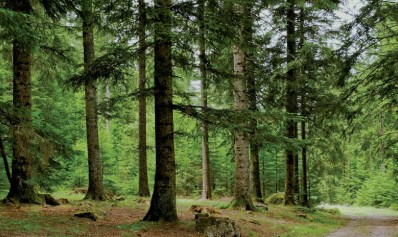Launched in 2020 by King Mohammed VI, Morocco’s “Forests of Morocco 2020-2030” strategy is an ambitious initiative aimed at modernizing the country’s forestry sector and enhancing its competitiveness. At its core, the strategy adopts an inclusive and sustainable management model that prioritizes the involvement of local communities. This vision aligns with Morocco’s broader commitment to balanced and responsible development, taking into account environmental, social, and economic challenges.
Spanning approximately 9 million hectares, Morocco’s forested lands are composed of 5.8 million hectares of forest formations and 3.2 million hectares of esparto grass (nappes alfatières). However, these ecosystems are under significant strain due to overexploitation, overgrazing, and the escalating impacts of climate change. According to a report by the Royal Institute for Strategic Studies (IRES), nearly 47% of respondents believe the state of the country’s forests is poor or very poor, while about 50% consider them to be in average condition.
To counteract this alarming trend, the strategy outlines an ambitious reforestation plan, aiming to restore 600,000 hectares by 2030 through the production of 460 million seedlings. However, implementation has faced setbacks. Between 2020 and 2023, only 75,000 hectares have been reforested, achieving just 38% of the initial target.
Despite these challenges, significant efforts are being made to reinforce sustainable forest management. In a major boost to the initiative, Morocco secured a €100 million financing agreement with the European Investment Bank (EIB). This funding is intended to modernize the forestry sector, improve watershed management, and enhance biodiversity conservation efforts.
For the success of this strategy, stronger coordination among stakeholders, improved program monitoring, and intensified anti-deforestation efforts are crucial. Moreover, the active participation of local communities remains a key element in ensuring the long-term sustainability of Morocco’s forest heritage.
The road ahead may be challenging, but with continued commitment and strategic adjustments, Morocco’s forests could see a greener, more sustainable future.
